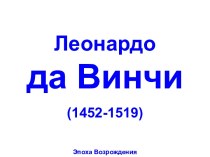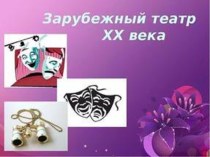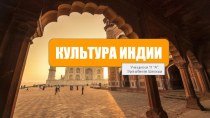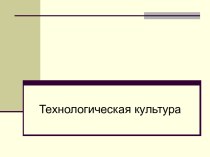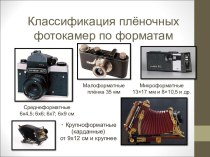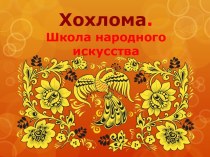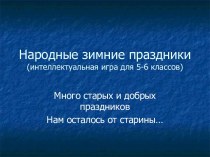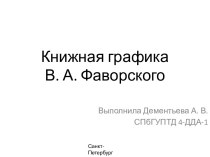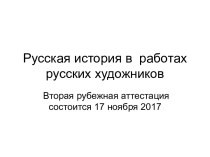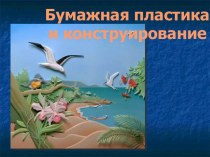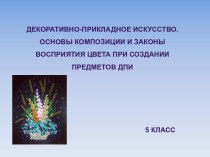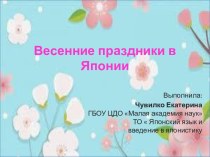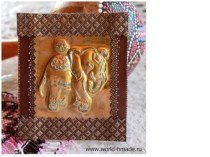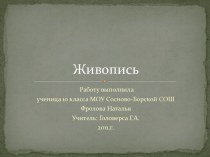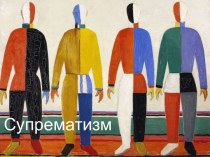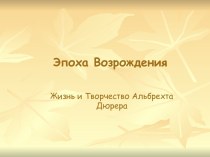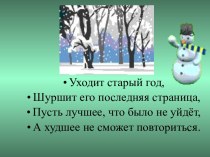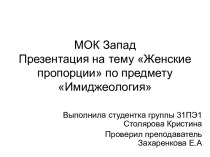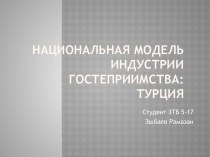- Главная
- Разное
- Бизнес и предпринимательство
- Образование
- Развлечения
- Государство
- Спорт
- Графика
- Культурология
- Еда и кулинария
- Лингвистика
- Религиоведение
- Черчение
- Физкультура
- ИЗО
- Психология
- Социология
- Английский язык
- Астрономия
- Алгебра
- Биология
- География
- Геометрия
- Детские презентации
- Информатика
- История
- Литература
- Маркетинг
- Математика
- Медицина
- Менеджмент
- Музыка
- МХК
- Немецкий язык
- ОБЖ
- Обществознание
- Окружающий мир
- Педагогика
- Русский язык
- Технология
- Физика
- Философия
- Химия
- Шаблоны, картинки для презентаций
- Экология
- Экономика
- Юриспруденция
Что такое findslide.org?
FindSlide.org - это сайт презентаций, докладов, шаблонов в формате PowerPoint.
Обратная связь
Email: Нажмите что бы посмотреть
Презентация на тему Culture of Kazakhstan
Содержание
- 2. PlanCulture Of KazakhstanKazakh music and musical instrumentsNational gamesTraditional customs in KazakhstanNational feastsNational dishes and mealsOther gamesReferences
- 3. Culture Of Kazakhstan
- 4. The Kazakh people are rich in traditions.
- 6. Traditionally every guest is offered Kazakh cuisine
- 8. In ancient times Turks were reputed as
- 10. The horns of mountain rams and goats
- 12. Kazakh music and musical instruments: The Kazakhs
- 14. National games: these are usually performed on
- 15. Traditional customs in Kazakhstan
- 16. Tusau KesuAfter the baby's cradle and crawling
- 17. Sundet toi (Circumcision)If the baby was a
- 18. National feasts Nauryz toiNauryz is the celebration
- 19. They would greet each other with congratulations
- 20. Oraza Ait (a holiday after the fast)To
- 21. Kurban AitEvery family usually tried to slaughter
- 22. National dishes and meals Maldy soy (Slaughtering)Uitip
- 23. Other games are likeSadak, sadak, kuirshak (Arrow,
- 24. References Goodin, Robert E.; Rice, James Mahmud;
- 25. Скачать презентацию
- 26. Похожие презентации
PlanCulture Of KazakhstanKazakh music and musical instrumentsNational gamesTraditional customs in KazakhstanNational feastsNational dishes and mealsOther gamesReferences
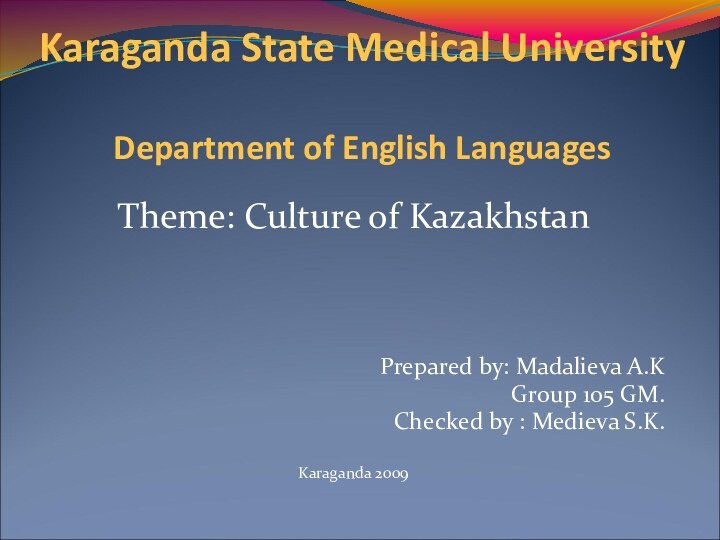









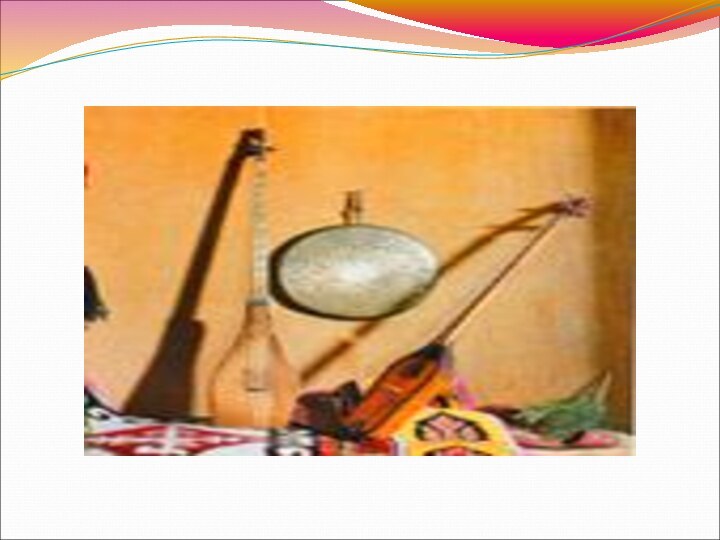


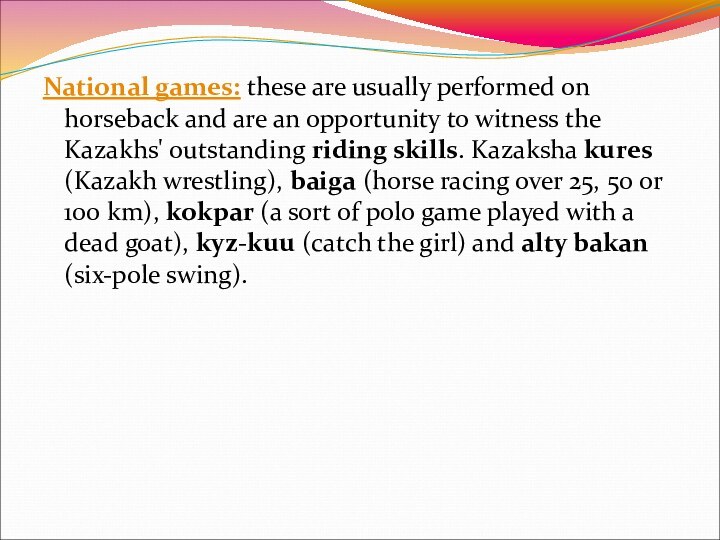





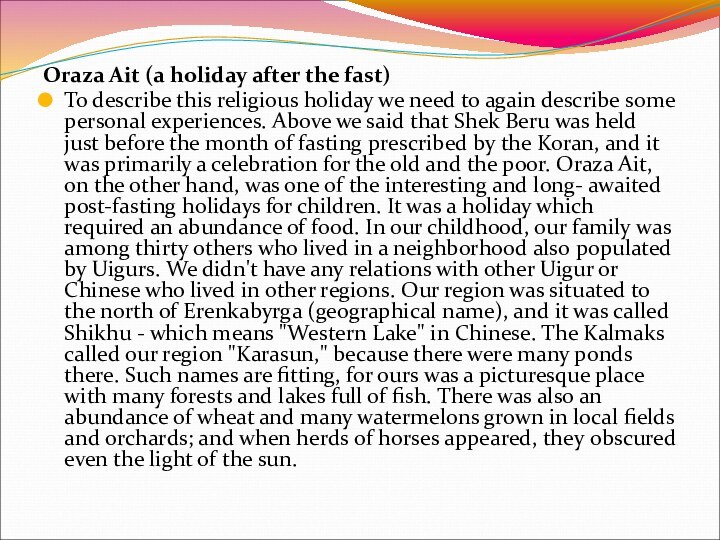


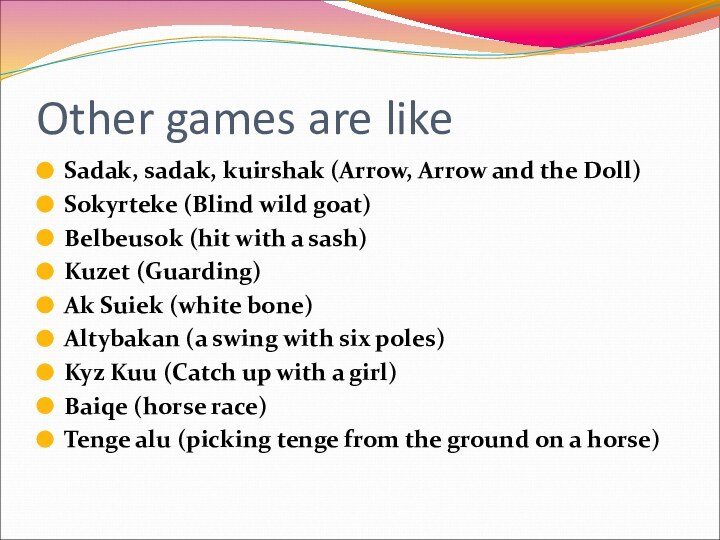


Слайд 2
Plan
Culture Of Kazakhstan
Kazakh music and musical instruments
National games
Traditional
customs in Kazakhstan
Слайд 4 The Kazakh people are rich in traditions. From
birth through old age and death, every step of
their lives has historically been marked with celebration. Even their funeral ceremonies have their own special symbolism. Unfortunately, many rich and interesting traditions and customs of the Kazakh people have been forgotten throughout the past century. Real sovereignty is just now being reestablished in Kazakhstan due to the process of democratization. These abandoned traditions are just now being rediscovered by the Kazakh people. These traditions include being respectful to old people; being patriotic to the motherland; being honest; and learning to love mankind.Слайд 6 Traditionally every guest is offered Kazakh cuisine at
the dastarkhan (the low table) in a yurt.The yurt
is one of the most sensible types of movable house. It is a comfortable and practical home, ideally suited to local conditions and ways of life - one of the greatest inventions of the Eurasian nomads.It is easily taken apart (it is said that a Kazakh woman can do it in half an hour) and carried by horses and camels. The yurt consists of three main elements: an extensible trellis base (the kerege), a dome made of poles (the uyk) and a round top (the shanyrak).
Слайд 8 In ancient times Turks were reputed as the
most skillful felt-makers. These days the Kazakhs use felt
to cover the yurt and for its internal decoration, as well as to make carpets, dresses and shoes. The Kazakhs live surrounded by ornaments. They richly decorate their yurts with wall carpets and multi-colored embroideries.Handicrafts - harnesses, felt mats (tekemets), and articles made of wood, bone and metal - are lavishly decorated. Headdresses, dresses, bags and saddle-cloths are beautifully embroidered. They use traditional designs and carvings to make and decorate the wooden cups, large bowls and ladles used to serve kumis (fermented mare's milk).
Слайд 10 The horns of mountain rams and goats are
used to decorate beds and caskets. Leather is used
to make quivers, belts, harnesses and flasks (torsyks) for water and kumis. Kazakh artisans are also very skillful jewelers.Steppe zergers (jewelers) favor white silver. Traditional Kazakh bell-shaped earrings, original bracelets (blezics), or the traditional bracelet linked to three rings with fine chains will certainly impress you.
Kazakh national dress varies by regions. Men wear chapans, a kind of dressing gown with a belt, made of velvet and richly embroidered. They cover their heads with a soft skullcap (tobetai), a tall felt cap (kalpak) or a fox-fur hat with earflaps (malakai).
The women's national costume consists of a white cotton or colored silk dress, a velvet waistcoat with embroidery and a cap or a silk scarf. Elderly women wear a hood made of white cloth with a hole for the face (the kimeshek). Brides wear a tall pointed, richly decorated hat, topped with feathers (saukele).
Слайд 12 Kazakh music and musical instruments: The Kazakhs love
the art of wordplay and their akyns (poets), who
improvise at public competitions (aitys) accompanied by Kazakh stringed musical instruments: the dombra or the kobyz.Nauryz (Islamic New Year) is one of the biggest holidays in Central Asia. In Kazakhstan it is celebrated on the day of the spring equinox, March 22. On that day, the streets of villages and towns are transformed. Guests are hosted in beautiful yurts with the traditional Nauryz kozhe dish made of seven traditional ingredients. People respecting this nearly month-long holiday forgive each others' debts and offences.
Слайд 14 National games: these are usually performed on horseback
and are an opportunity to witness the Kazakhs' outstanding
riding skills. Kazaksha kures (Kazakh wrestling), baiga (horse racing over 25, 50 or 100 km), kokpar (a sort of polo game played with a dead goat), kyz-kuu (catch the girl) and alty bakan (six-pole swing).
Слайд 15
Traditional customs in Kazakhstan
Zharys Kasan
is a
celebration on behalf of a long-expected and desired baby.
Children have always been highly prized by the Kazakhs. Kazakhs have always been known as a very generous people. For example, when an unexpected guest came to the house, the host would often butcher the only horse he owned in honor of the visitor. The same practice might be followed if the household was blessed with a child.
Слайд 16
Tusau Kesu
After the baby's cradle and crawling stage,
the scene is set for another celebration: when the
baby begins to walk for the first time. Wealthier parents would butcher a cow for this celebration; less wealthy parents, a sheep. For the ceremony, black and white thread was prepared in advance to tie the baby's legs. The mother would ask one of the more energetic woman first to bind the baby; and then to cut the string. In this way the baby's first step would be toward his mother. Everybody would then wish the family great success for the baby's future. Here the reader might ask a question: Why use black and white thread instead of red or green? White is symbolized in this case to mean hopes for success without any obstacles. Black and white is associated with the concept of honesty, even to the level of taking a thread which does not belong to you. Cutting of such a thread meant if you see a person stealing something or an unpleasant situation, the watcher should try immediately to intervene.
Слайд 17
Sundet toi (Circumcision)
If the baby was a boy,
four or five was the age for circumcision and
another toi. It was one of the remarkable days of a boy's life. Again relatives and friends of the family gathered, ate, and had fun. All the above mentioned traditions, except Sundet, were celebrated in honor of both son and daughter. From this point on we'll talk about boys and girls upbringing separately, because a son's upbringing was accomplished by the father, and a daughter's by the mother.
Слайд 18
National feasts
Nauryz toi
Nauryz is the celebration of the
new year practiced in most eastern countries, but it
was mostly forgotten in Kazakhstan until four years ago. This wonderful holiday has now been reinstituted, enhancing our rich tradition. This holiday is celebrated in Spring, when day and night are equally divided, and when mother earth, people, cattle, insects, and all of nature begins to blossom and revive. Cranes and geese return during this period from warm places, and signs of Spring are everywhere. Nauryz is celebrated on the twenty second of March, just before the coming of April and May bring forth the fragrance of flowers to tickle one's nose. Uighir people call this celebration "Kuit kezi." During Nauryz festivities, zhigits would joke with the ladies, cows would calve, and birds would lay eggs. Everybody would be happy and joyful that the cold winter days were over. During Nauryz, people would be very kind and hospitable, forgetting about previous quarrels, making friends, and wishing each other happiness. Hostesses would prepare Nauryz koje (thin porridge) and invite neighbors to taste it.Слайд 19 They would greet each other with congratulations upon
the beginning of the new year, and wish one
another prosperity and happiness. During my childhood I remember that we lived in a valley. When Nauryz arrived, the sun shone brightly and there was no trace of snow. Poor old women would open the tuirlik (the felt which covered the lower cylindrical part of the hut) and begin patching the fabric. This meant that they were eager to move to the summer pasture and were doing all the preparations required for the move. The quickest families were already in their summer pastures, preparing for the nauryz celebration. By this time all meat from the previous Autumn's slaughter would have been eaten, with just enough for nauryz koje left over.
Слайд 20
Oraza Ait (a holiday after the fast)
To describe
this religious holiday we need to again describe some
personal experiences. Above we said that Shek Beru was held just before the month of fasting prescribed by the Koran, and it was primarily a celebration for the old and the poor. Oraza Ait, on the other hand, was one of the interesting and long- awaited post-fasting holidays for children. It was a holiday which required an abundance of food. In our childhood, our family was among thirty others who lived in a neighborhood also populated by Uigurs. We didn't have any relations with other Uigur or Chinese who lived in other regions. Our region was situated to the north of Erenkabyrga (geographical name), and it was called Shikhu - which means "Western Lake" in Chinese. The Kalmaks called our region "Karasun," because there were many ponds there. Such names are fitting, for ours was a picturesque place with many forests and lakes full of fish. There was also an abundance of wheat and many watermelons grown in local fields and orchards; and when herds of horses appeared, they obscured even the light of the sun.
Слайд 21
Kurban Ait
Every family usually tried to slaughter a
sheep for this holiday, and Kazakhs tried to prolong
this event for several days. Preparing food beforehand, families would fry fat cakes and baursaks. They'd also buy new cloths for this occasion, prepare their harnesses, and clean their houses. It is hard to imagine how pleasant it was to ride a horse or go for a walk during this time of year. Ladies would wear their best clothes, laugh and joke with one another. It was great for a zhigit to ride nearby the beautiful ladies; to chat and joke with them. People would enjoy kokpar a national game in one place; close by one might see zhigits wrestling. Every yurt would be open, welcoming the visitor to have some meat or drink some tea or kumiss. It was also interesting to visit the bazaar. Earlier we said that; people prolonged this holiday because of kokpar. Kokpar is a national game, in which zhigits would be given a small goat and proceed to grasp it from each other while riding their horses. Struggling to maintain possession of the carcass, they'd ride far into the distance, returning sometimes only at night. If they returned too late to go to their aul, they might stay the night at the yurt of another contestant. Their host would slaughter for them a sheep to treat and entertain them, the next day their game would continue until their horses were too weary to continue.
Слайд 22
National dishes and meals
Maldy soy (Slaughtering)
Uitip alu -
Pitching Poorer families couldn't afford to slaughter a horse
or a cowPisiru
Saktau - preservation or storage Kazakhs were real masters in preserving meat
Musheleu, zhilikteu - cutting a carcass to pieces and cutting the marrow bones.
Слайд 23
Other games are like
Sadak, sadak, kuirshak (Arrow, Arrow
and the Doll)
Sokyrteke (Blind wild goat)
Belbeusok (hit with a
sash)Kuzet (Guarding)
Ak Suiek (white bone)
Altybakan (a swing with six poles)
Kyz Kuu (Catch up with a girl)
Baiqe (horse race)
Tenge alu (picking tenge from the ground on a horse)
Слайд 24
References
Goodin, Robert E.; Rice, James Mahmud; Bittman,
Michael; & Saunders, Peter. (2005). "The time-pressure illusion: Discretionary
time vs free time". Social Indicators Research 73 (1), 43–70.The “u” first appeared in the early sixteenth century, probably by analogy with words such as pleasure.
Neulinger, John. 1981. The Psychology of Leisure. 2nd Ed. C.C. Thomas.
Farb, Peter(1968). Man's Rise to Civilization As Shown by the Indians of North America from Primeval Times to the Coming of the Industrial State. New York City: E. P. Dutton. pp. 28. LCC E77.F36. "Most people assume that the members of the Shoshone band worked ceaselessly in an unremitting search for sustenance. Such a dramatic picture might appear confirmed by an erroneous theory almost everyone recalls from schooldays: A high culture emerges only when the people have the leisure to build pyramids or to create art. The fact is that high civilization is hectic, and that primitive hunters and collectors of wild food, like the Shoshone, are among the most leisured people on earth."
Dictionary, MULLER
